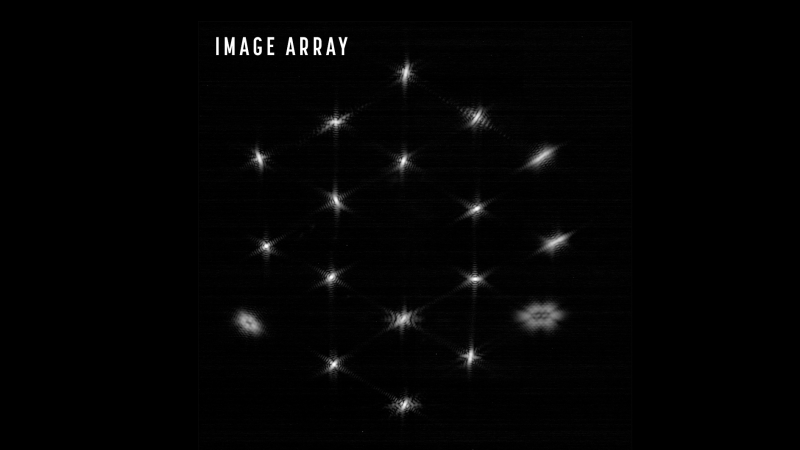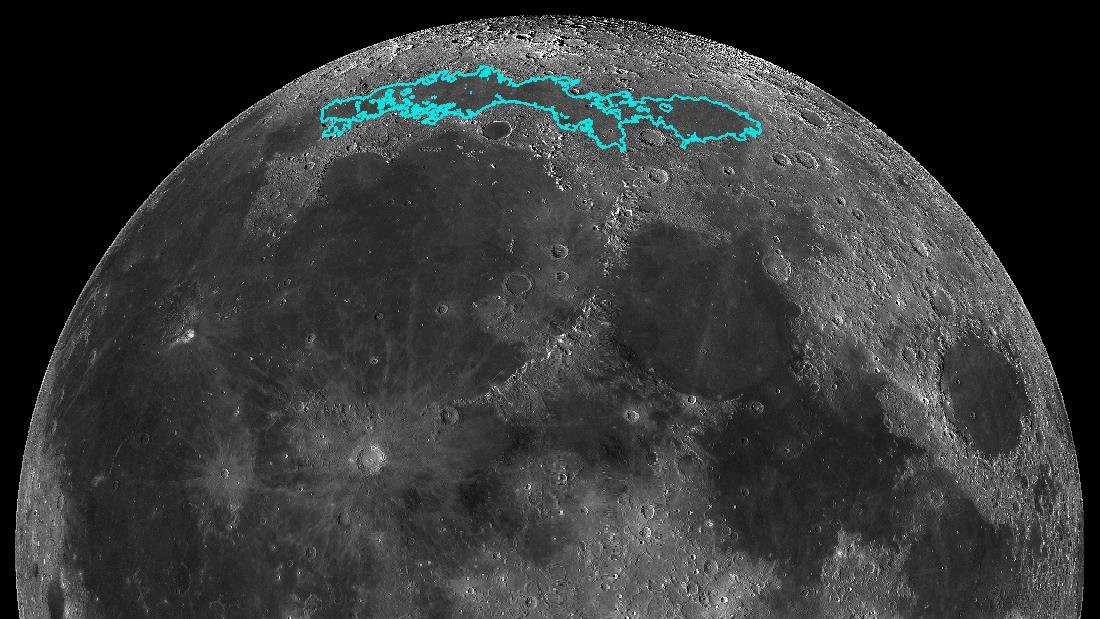Star twinkles 18 times in new James Webb Space Telescope image
The image reflects the observatory's distinctive hexagonal mirror.

The James Webb Space Telescope finished the first major stage in its long process of aligning the observatory's 18-segmented primary mirror.
A single star that the observatory looked at was deliberately rendered 18 times into a hexagonal shape. Eventually, those 18 images will perfectly align into a single, sharp focus, but the interim result portrays a star repeated perfectly in a hexagonal pattern reminiscent of a stunning celestial snowflake.
"The resulting image shows that the team has moved each of Webb’s 18 primary mirror segments to bring 18 unfocused copies of a single star into a planned hexagonal formation," NASA officials wrote in a blog post Friday (Feb. 18).
Live updates: NASA's James Webb Space Telescope mission
Related: How the James Webb Space Telescope works in pictures
The star images are steered into this particular pattern "so that they have the same relative locations as the physical mirrors," Matthew Lallo, systems scientist and telescopes branch manager at the Space Telescope Science Institute, which manages Webb, said in the release.
Next, the observatory will begin what engineers call "segment alignment," which will fix any larger positioning errors in the individual segments of the primary mirror and update the secondary mirror's alignment.
Once segment alignment is finished successfully, the team will start the third phase — "image stacking" — that will ultimately bring the 18 images on top of each other into one clear view.
Get the Space.com Newsletter
Breaking space news, the latest updates on rocket launches, skywatching events and more!
Lallo said the three-phase procedure will allow the team to experience "an intuitive and natural way of visualizing changes" throughout the process. Another benefit, he added, is "we can now actually watch the primary mirror slowly form into its precise, intended shape."
Properly aligning the mirrors is a main goal of Webb's commissioning, which is expected to conclude in the summer. The mission launched Dec. 25, 2021, with an ambitious mission to look at the early universe, exoplanets and other points of interest in the cosmos.
Follow Elizabeth Howell on Twitter @howellspace. Follow us on Twitter @Spacedotcom and on Facebook.
Join our Space Forums to keep talking space on the latest missions, night sky and more! And if you have a news tip, correction or comment, let us know at: community@space.com.

Elizabeth Howell (she/her), Ph.D., was a staff writer in the spaceflight channel between 2022 and 2024 specializing in Canadian space news. She was contributing writer for Space.com for 10 years from 2012 to 2024. Elizabeth's reporting includes multiple exclusives with the White House, leading world coverage about a lost-and-found space tomato on the International Space Station, witnessing five human spaceflight launches on two continents, flying parabolic, working inside a spacesuit, and participating in a simulated Mars mission. Her latest book, "Why Am I Taller?" (ECW Press, 2022) is co-written with astronaut Dave Williams.
